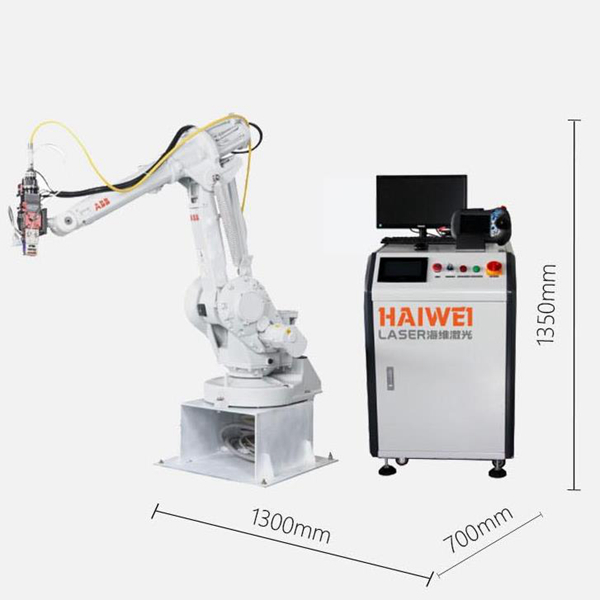How Is the Cooling System Designed for a Laser Welding Machine?
A well-designed cooling system is essential for maintaining performance and longevity in laser welding machines. Without proper thermal management, excessive heat can degrade beam quality, damage optical components, and shorten the lifespan of critical parts. Here's how modern laser equipment integrates cooling systems to ensure stable, high-quality laser processing.

1. Understanding Heat Sources in Laser Welding
The primary heat sources in a laser welding machine include the laser source (such as fiber or diode modules), optics, and focusing heads. These components generate heat during operation, especially under high-power conditions. Efficient cooling ensures consistent output and prevents thermal drift that could affect weld accuracy.
2. Types of Cooling Systems Used
There are two main types of cooling systems used in industrial laser welding setups:
Water-Cooled Systems: Most high-power laser welding machines use closed-loop water cooling. This method offers efficient heat dissipation and precise temperature control, making it ideal for continuous production environments.
Air-Cooled Systems: Lower power machines often rely on forced-air cooling using fans and heat sinks. While simpler and more cost-effective, they are generally limited to intermittent or lower-duty applications.
3. Key Components of a Water Cooling System
A typical water-cooling unit includes:
Chiller Unit: Maintains coolant at a set temperature.
Pump: Ensures steady circulation through the laser head and other components.
Heat Exchanger: Dissipates heat into ambient air or an external water loop.
Temperature Sensors: Monitor coolant levels and temperatures to prevent overheating.
4. Thermal Management Strategies
To optimize performance, manufacturers design cooling systems based on:
Laser Power Level: Higher wattage machines require more robust cooling.
Operating Environment: Ambient temperature and humidity influence cooling efficiency.
Duty Cycle: Continuous operation demands better thermal regulation than intermittent use.
5. Maintenance and Reliability Considerations
Regular maintenance of the cooling system—such as checking coolant levels, cleaning filters, and inspecting hoses—is crucial for long-term reliability. Some advanced laser equipment models now include smart diagnostics to alert users of potential thermal issues before they lead to downtime.
An effective cooling system isn’t just about preventing overheating—it directly impacts the consistency, precision, and uptime of your laser welding process. When selecting a laser welding machine, evaluate the cooling design carefully, especially if you're planning for high-volume or high-precision applications.
Recent Posts
- What are the advantages of laser welding machines in lithium battery pack production lines?
- What issues should be noted when choosing a lithium battery pack production line?
- Quality Inspection and Control of Lithium Battery Module Pack Production Line
- Cell grouping and sorting process in lithium battery module pack production line
- What are the safety hazards of lithium battery pack production lines and how can they be prevented?
INQUIRY

